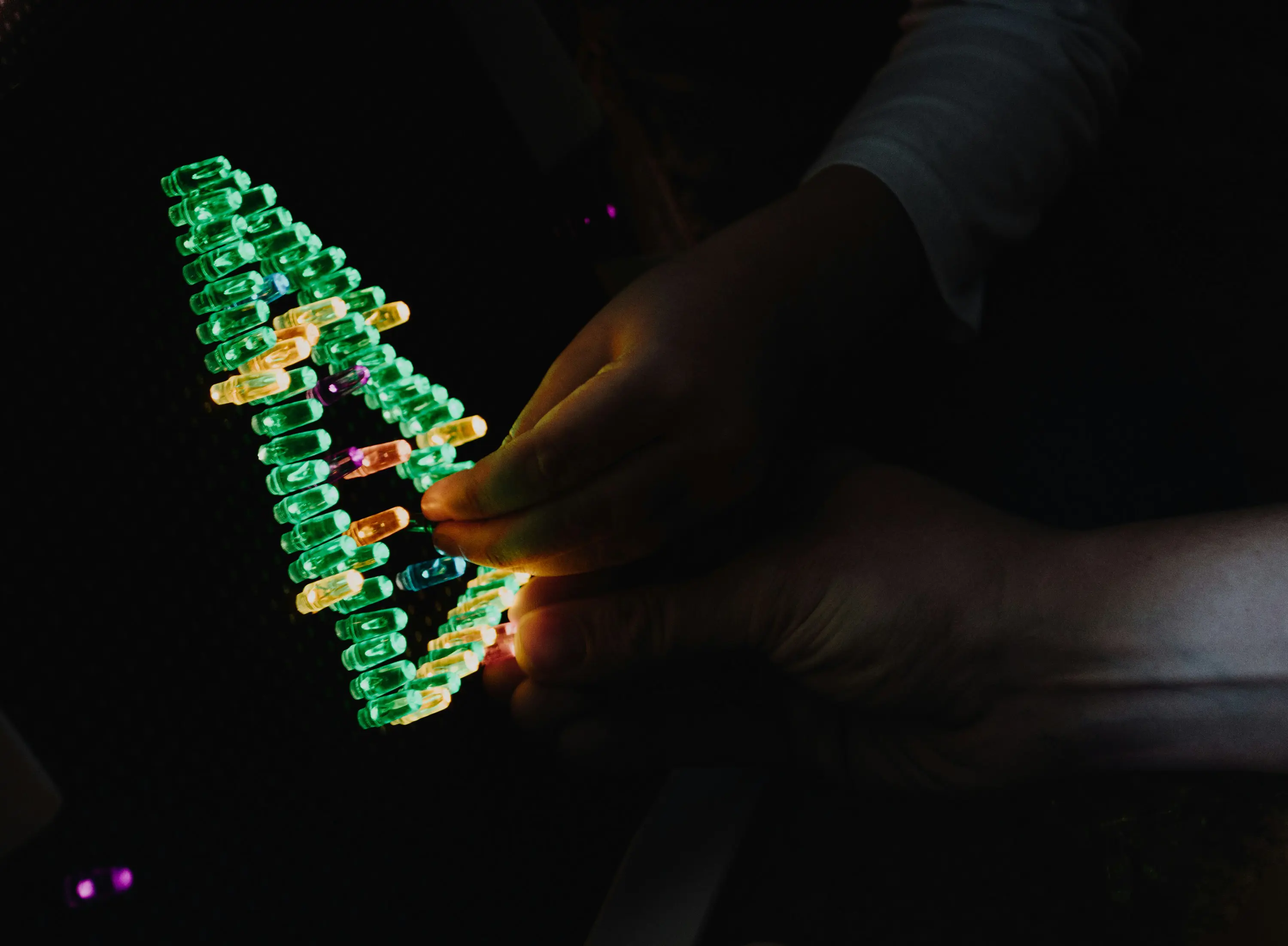New Technique Reveals Gene Function in Living Tissue With Unprecedented Detail

A team of researchers at MIT has developed a powerful new method that allows scientists to study gene activity within intact tissue, without destroying it in the process.
By combining high-resolution imaging with advanced RNA sequencing, the technique provides a more complete picture of how genes function in real biological environments. In a recent study, the approach was used to explore liver tissue in mice, uncovering previously unknown insights about the cells responsible for metabolism, detoxification, and disease.
Traditionally, studying gene expression in tissue requires breaking the cells apart, which makes it difficult to see where each gene is active and how cells interact in their natural layout. This new method keeps cells in place while extracting both imaging and molecular data from the same tissue samples.
"Being able to combine spatial and molecular information from the exact same cells is a game-changer," said MIT bioengineer Ed Boyden, one of the senior authors of the study. “It lets us map the biology of organs like the liver in far more detail than ever before.”
The technique involves expanding the tissue with a hydrogel, essentially blowing it up like a balloon, to make it easier to scan under a microscope. Researchers then apply a method called RNA sequencing to detect which genes are active in each cell. By linking these data together, the team could visualize gene function and spatial arrangement simultaneously.
Applied to the mouse liver, the method revealed how certain immune cells behave in proximity to blood vessels, and how gene activity shifts in different zones of the organ. These patterns are crucial for understanding liver disease and could help refine future therapies.
The approach is still being refined, but scientists say it holds potential across many areas of biology, from brain research to cancer.
By peering into tissue with this kind of depth and clarity, researchers may finally bridge the gap between genetic blueprints and the complex architecture of living organs.